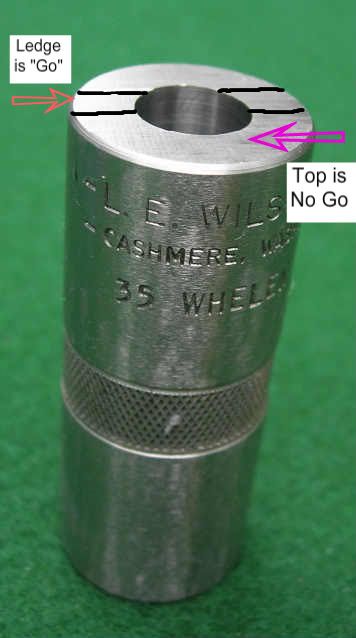How is your trigger? Sounds like your rifle may have just doubled, rather than a slam-fire. If trigger has been lightened, the disconnect may not have sufficient engagement to prevent rifle doubling. If your trigger breaks below 4.5# I would have it checked out.
As for slamfires, soft primers can be responsible, as you suggest. The CCI #34 & #41 military primers have a hard cup to duplicate GI ammo, most of which is loaded with a hard primer. Handloaders must be aware of other factors that can result in slam fires, as well.
http://www.cci-ammunition.com/products/primers/primers.aspx?id=30
A slamfire in either the M1 or M14 can have disastrous results if it occurs before the bolt is in battery. Lack of care in following careful reloading practices or a bit of debris on bolt face, or perhaps a broken firing pin, combined with a soft primer can all contribute to a slamfire.
While the following concerns an M1, hopefully it will illustrate what can happen should a rifle slamfire while not in battery. I have personal knowledge of several other such events that I did not actually witness. One was an M14 using military issue ammo in which the shooter received some serious injuries, so the hard primer is not absolute insurance against a slamfire.
A friend who is a very experienced highpower competitor and reloader wrecked his match grade M1 Garand using the same handloads he had used for years when the rifle slam fired out of battery. Bent his op-rod, blew extractor/ejector out of bolt and rounded the receiver locking lug recess about 1/8" showing the bolt lug (thankfully) had barely entered the recess but was not fully in battery at the time the slamfire occurred. He received a cut on the forehead and had somewhat of a problem with his trigger control for a while thereafter. Fortunately, the rifle, and his shooting ability have since been restored.
Upon examination of the remaining lot of ammo, we found that the rounds did not have sufficient headspace (clearance) in his snug, match chamber. He had loaded this batch of ammo using the same (full length) die setting as always. Remember, all previous lots had measured OK. The problem stemmed from the fact that this particular lot of brass had been fired at least 8 times and had work hardened. His dies had been set to give proper headspace with once fired brass and he failed to check headspace on this lot after loading. The harder brass springs back more than softer brass after sizing which resulted in oversized (for his chamber)rounds.
Other than a dirty chamber, a broken firing pin or a pin that is no longer free floating for whatever reason, IMHO, ammo is probably the number one cause of slam fires in the Garand & M14. Anything that can cause the round to "stop short" of full chambering can result in the firing pin hitting the primer with sufficient force to set it off. If this occurs before the bolt is in battery, it can be disastrous!
First, make it a practice to run your thumb over the primer as each round is removed from the press to be sure that the primer is fully seated.
Secondly, each cartridge must be sized sufficiently to fit your rifle's chamber giving proper headspace clearance. I would not load for any "gas gun" without using a cartridge case headspace gauge. Best practice is to run each case through the case gauge at the time the loaded round comes off the press after determining the actual headspace required for your rifle; remember, all rifle chambers are not created equally. At the very least, spot check every few rounds in a given lot of reloads (for this to be acceptable, one must keep all brass in lots that have been fired the same number of times).
Hopefully, this information may help someone else avoid this pitfall.
Regards,
hps

